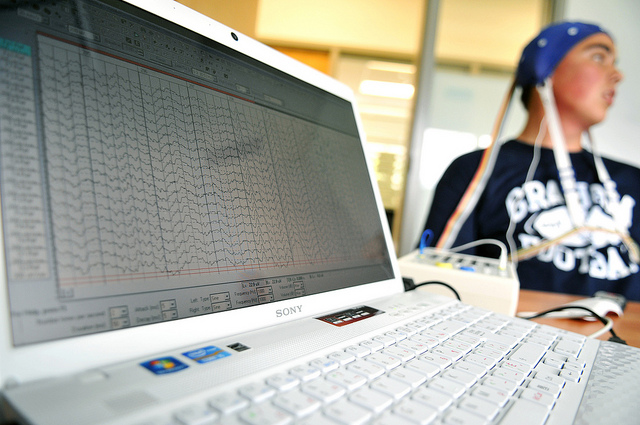
A year ago, the MPC’s Integrated Health Interview Series (IHIS) project launched their IHIS Data Briefs. IHIS offers an integrated version of the National Health Interview Surveys (NHIS). “The data briefs were a natural fit for the NHIS data,” says Julia Rivera Drew, co-principal investigator of IHIS and co-author of the Data Briefs. “We realized that there were great resources that were going underutilized in NHIS and this provided a way to let users know the contents of the database. The briefs allow us to introduce topics that our users may have been interested in, but didn’t know we covered.” The briefs have also helped Drew and her colleagues reach out to new kinds of users.
The most recent Data Brief, “Age Patterns in the Causes and Nature of Non-Fatal Injury and Subsequent Care-seeking Behavior,” was published in March of 2016. Drew and her colleagues saw that injury data was underutilized because they were in injury episode files. “We decided to create person-level versions of those variables that were comparable over time, but also highlight the additional information that is the episode level files,” she explains.
Her team saw a need to cover the topic of age patterns based on user feedback. “We had a faculty member who reached out to us trying to find what kind of injury data was available to study concussions among young children.” The IHIS data contain information about how someone was injured, what kinds of medical attention they sought as a result of that injury, and what part of the body was injured. Drew says, “The IHIS data were a great match. Data are available to look at head injury for children and whether it was sustained via sports or otherwise.”
‘For the Data Brief, Drew wanted to highlight the different groups of people that may be injured, be it older adults, children, or working-aged adults. She explains, “This is a broad-based way of describing patterns in injury that might spark research ideas for users of the IHIS data. Someone might see that a particular age group has a lot of injuries, and use these data to study that group.”
Just released this week is an additional tool for researchers — sample code available via the IHIS project website. “If you want to do similar research to what we have in the Data Brief, we have an illustration of a way for you to use the IHIS data to do that.”
Drew and her team are also pleased to see the Briefs being used. “We are starting to see the Data Briefs being cited. It’s gratifying to know that it’s helping support good research.” The most recent Data Brief, with sample code, is available at ihis.us.
The Data Brief Series
- Data Brief No. 3: Age Patterns in the Causes and Nature of Non-Fatal Injury and Subsequent Care-seeking Behavior
- Data Brief No. 3: Sample Code
- Data Brief No. 2: Did the Affordable Care Act Affect Health Insurance for Young Adults?
- Data Brief No. 1: Multigenerational Families and Food Insecurity in the United States, 1998-2013
